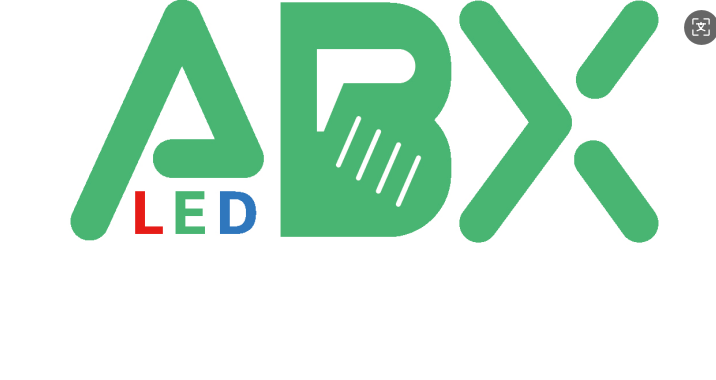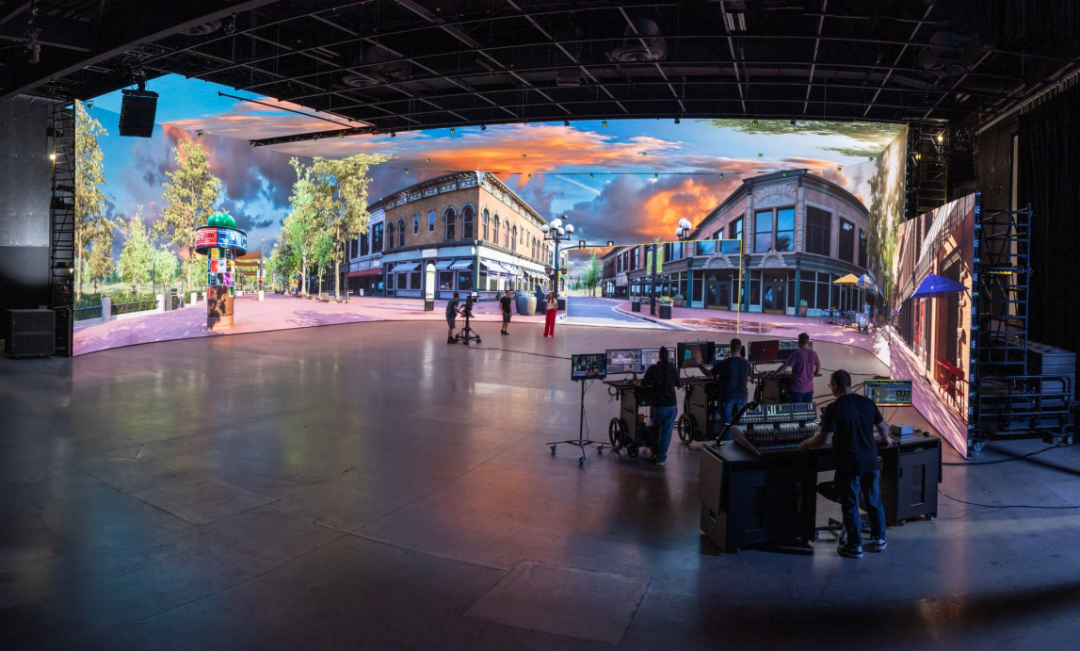The Evolution of Transparent Digital Signage Technology
The world of digital displays has undergone a remarkable transformation with the emergence of high-transparency LED displays. These cutting-edge visual solutions are revolutionizing how businesses communicate, advertise, and engage with their audiences. By combining crystal-clear transparency with vibrant digital content, these innovative displays are setting new standards for visual merchandising and architectural integration.
Modern high-transparency LED displays represent a quantum leap from traditional digital signage. With transparency levels reaching up to 85%, these displays seamlessly blend into their surroundings while delivering stunning visual content. This technological breakthrough has opened up unprecedented possibilities for retailers, corporate environments, and public spaces looking to create immersive visual experiences without compromising architectural aesthetics.
Design Integration and Architectural Applications
Seamless Building Integration
High-transparency LED displays offer architects and designers unprecedented freedom in incorporating digital elements into building facades. These displays can be integrated into windows, glass partitions, and curtain walls without blocking natural light or obscuring views. The result is a harmonious blend of digital content and architectural design that enhances rather than disrupts the built environment.
The versatility of these displays enables creative applications in various settings, from corporate headquarters to retail storefronts. Their minimal visual impact when powered off ensures that buildings maintain their intended aesthetic, while the ability to display dynamic content when activated provides an additional layer of functionality and visual interest.
Retail and Exhibition Environments
In retail settings, high-transparency LED displays are transforming the shopping experience. Store windows can now serve dual purposes – maintaining visibility into the store while displaying dynamic promotional content. This capability allows retailers to create engaging visual narratives that capture attention without sacrificing the crucial connection between indoor and outdoor spaces.
Exhibition spaces and museums have also embraced this technology, using transparent displays to overlay digital information onto physical exhibits. This convergence of digital and physical elements creates rich, interactive experiences that enhance visitor engagement and understanding.
Technical Advantages and Performance Features
Enhanced Visual Performance
High-transparency LED displays deliver exceptional image quality while maintaining transparency. Advanced LED technology ensures bright, vivid colors and sharp contrast, even in high-ambient light conditions. The displays' sophisticated light management systems optimize content visibility while minimizing light pollution and energy consumption.
The latest generation of these displays offers improved viewing angles and consistent color reproduction across the entire surface. This technical advancement ensures that content remains visible and impactful from various perspectives, making these displays ideal for large-scale installations and high-traffic areas.
Energy Efficiency and Durability
Modern high-transparency LED displays incorporate energy-efficient components and smart power management systems. These features not only reduce operating costs but also contribute to environmental sustainability goals. The displays' advanced thermal management systems ensure reliable performance while minimizing heat generation.
Built to withstand various environmental conditions, these displays feature robust construction and protective coatings that resist dust, moisture, and temperature variations. This durability makes them suitable for both indoor and outdoor applications, with minimal maintenance requirements.
Content Creation and Management Strategies
Optimizing Visual Content
Creating effective content for high-transparency LED displays requires a specialized approach. Designers must consider the unique characteristics of transparent displays when developing visual assets. High-contrast elements and careful color selection ensure optimal visibility while maintaining the display's transparent properties.
Content scheduling and management systems allow for dynamic content updates and real-time adjustments based on factors such as time of day, audience behavior, and environmental conditions. This flexibility enables organizations to maintain fresh, relevant content that maximizes engagement and impact.
Interactive Integration
Advanced high-transparency LED displays can incorporate interactive features through touch sensitivity or motion detection. This capability enables creative applications such as interactive product showcases, wayfinding systems, and immersive brand experiences. The integration of sensors and responsive content creates engaging user experiences that blur the line between digital and physical interactions.
Data analytics tools provide valuable insights into audience engagement and content effectiveness, enabling continuous optimization of display strategies. This data-driven approach helps organizations refine their content and maximize the return on their investment in transparent display technology.
Frequently Asked Questions
What makes high-transparency LED displays different from conventional digital displays?
High-transparency LED displays feature advanced technology that allows light to pass through while maintaining the ability to display vibrant digital content. Unlike conventional displays, they offer transparency levels up to 85%, enabling seamless integration with architectural elements while providing full digital display capabilities.
How do weather conditions affect outdoor high-transparency LED displays?
Modern high-transparency LED displays are engineered to withstand various weather conditions. They feature protective coatings and robust construction that resist moisture, dust, and temperature fluctuations. Additionally, brightness control systems automatically adjust to ambient light conditions, ensuring optimal visibility in all weather situations.
What maintenance is required for high-transparency LED displays?
These displays are designed for minimal maintenance requirements. Regular cleaning of the display surface and periodic system checks are typically sufficient. The modular construction allows for easy component replacement if necessary, while built-in diagnostic systems help identify and address potential issues before they affect performance.

